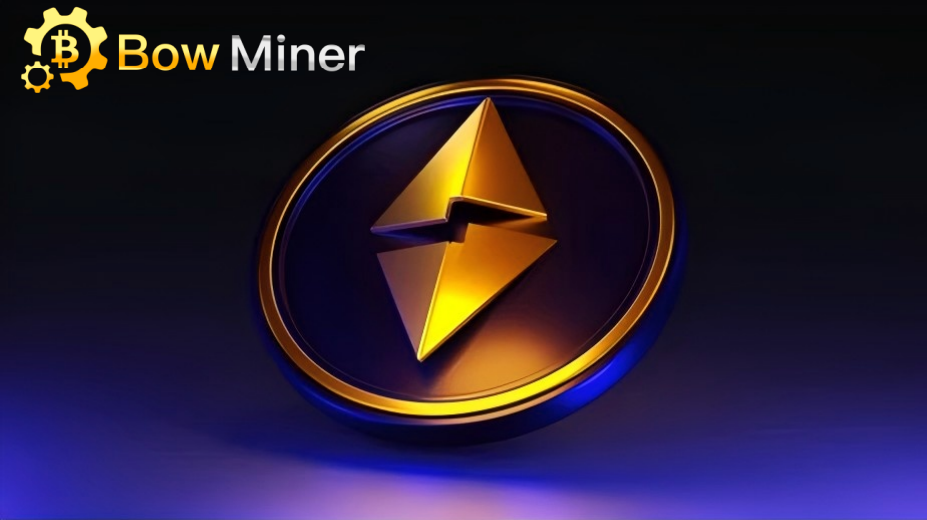Ethereum rose more than 40% in three days. What happened?


In recent days, the price of cryptocurrencies has risen sharply. Among them, Ethereum (ETH) performed the strongest, with an increase of more than 40% in 72 hours, and its price once approached $2,600. In addition, cryptocurrencies such as Bitcoin, XRP, BNB, Solana, Dogecoin, and Cardano also had good gains.
Some analysts pointed out that the recent collective rise in cryptocurrencies is related to the easing of trade tensions. The reason why Ethereum led the rise is related to the technical upgrade of the currency.
Ethereum rose more than 40% in three days
In the past three days, Ethereum has fluctuated significantly, and its price once soared from US$1,811 to US$2,597.68, with a maximum increase of 43%, significantly outperforming other large digital currency assets such as Bitcoin.
The price of Ethereum fluctuated around US$2,540, with a cumulative increase of 39.62% in 7 days; Bitcoin fluctuated around US$104,000, with a cumulative increase of 8.52% in 7 days. In addition, in the past 7 days, Solana's cumulative increase exceeded 21%, BNB rose more than 10%, Cardano rose more than 15%, and Dogecoin rose more than 37%.
The above data shows that Ethereum has led a broad rebound in cryptocurrencies. Boosted by easing global trade tensions and optimism about network upgrades, Ethereum is expected to record its largest weekly gain since 2021.
Ethereum's rebound also reflects investors' renewed attention to Ethereum's ongoing technical upgrades. On May 7, Ethereum successfully implemented the Pectra upgrade, introducing a series of key technical improvements. The upgrade introduced important improvements including a higher staking limit and account abstraction (EIP-7702 standard), which significantly enhanced the ease of use and flexibility of the Ethereum network. The technology can also reduce network fees. This technical upgrade not only brings substantial functional improvements, but also injects new confidence into investors, becoming an important technical foundation for this round of increases. These measures of Ethereum are also seen as necessary to resist competition from fast-growing competitors such as Solana.
In addition, the "short squeeze" market also boosted Ethereum's rebound. Since May 8, the Ethereum futures market has staged a typical short squeeze drama. Data shows that since May 8, short positions in the Ethereum futures market have been liquidated on a large scale, with a liquidation amount of up to $438 million, far exceeding the long liquidation amount of $211 million in the same period. The sharp rise in prices forced short traders to buy Ethereum to cover their positions, further pushing up the price of the currency, forming a typical "short squeeze" upward spiral.
At the same time, the total value of Ethereum open contracts surged from $21.28 billion on May 8 to $26.77 billion on May 10, and the weekly funding rate of Ethereum perpetual futures also rose from 0.10% to 0.15%. These two indicators together show that more traders are entering the market and opening new positions, and long traders are willing to pay extra fees to maintain their positions, further confirming the bullish sentiment of Ethereum futures traders.


















